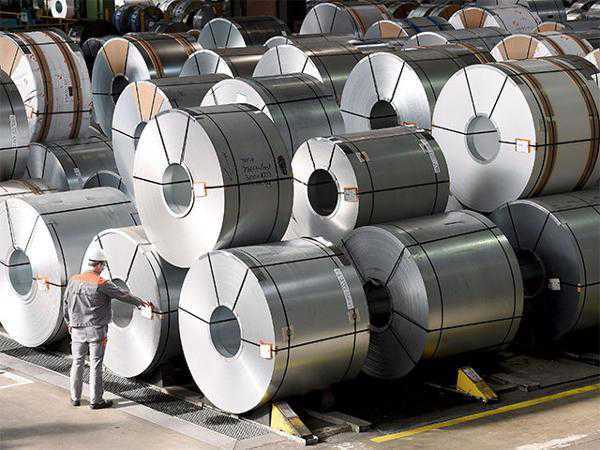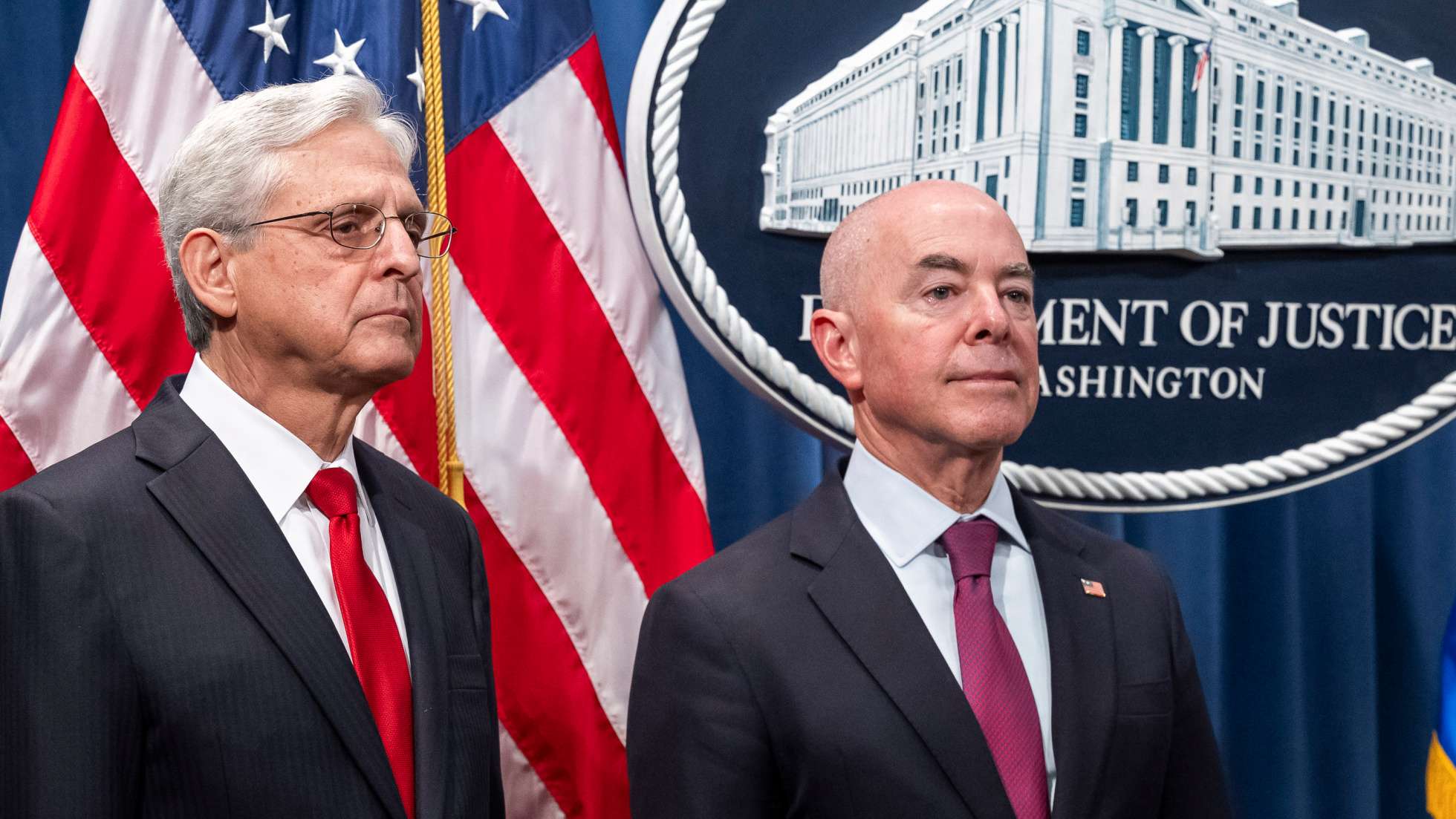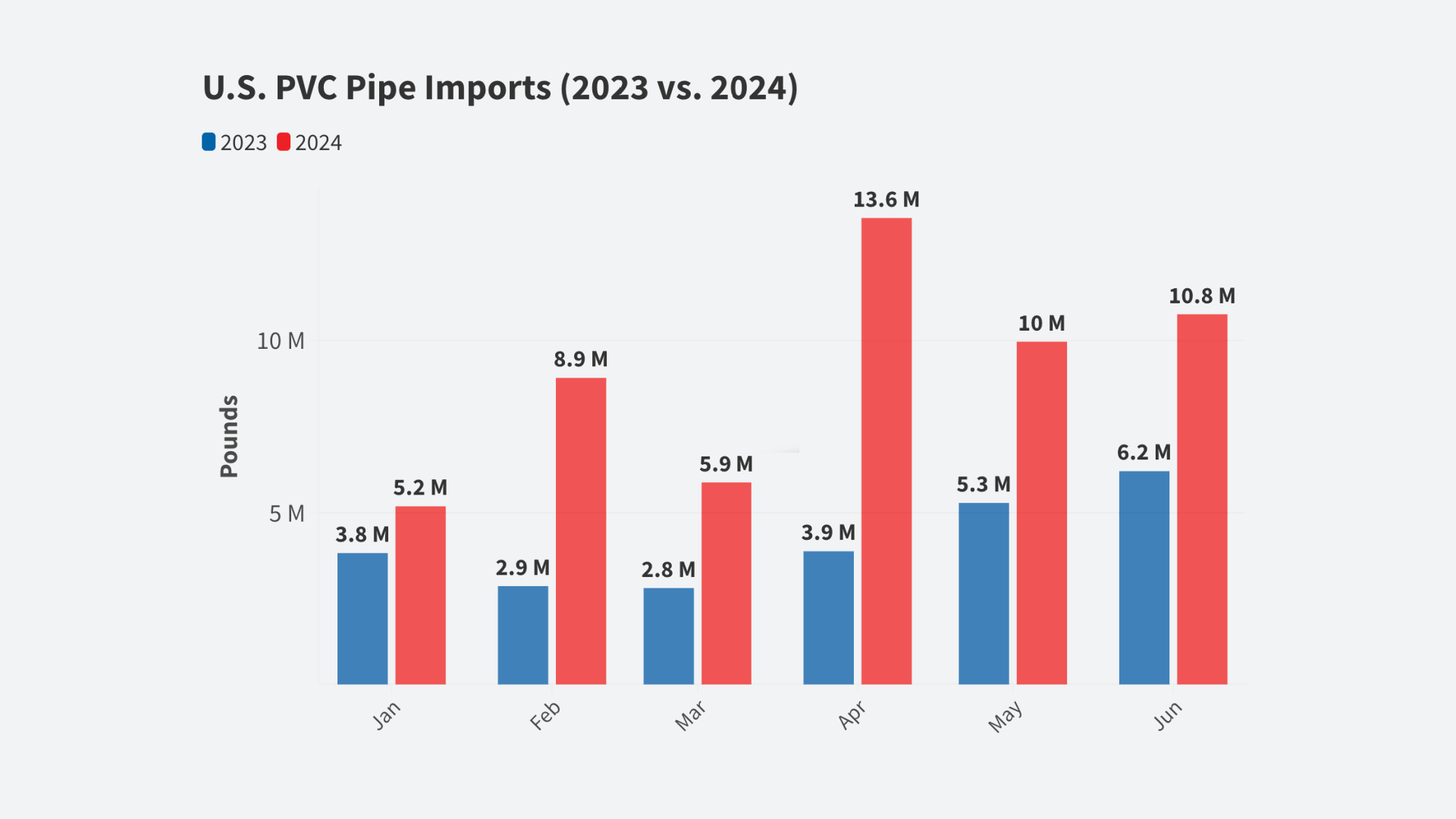On March 8th, the president announced tariffs of 25% on steel imports and 10% on aluminum tariffs.
The tariffs were levied under Section 232 of the 1962 Trade Act. Imports of both metals were reaching levels that seriously threatened US national security, including the reliable supply of metal for military use and use in vital civilian infrastructure.
In the aluminum industry, where 90% of the primary aluminum consumed in the US each year is imported, the situation was especially dire. In its January report, the Department of Commerce described the importance of military uses of aluminum, such as armor plating in military vehicles and high-strength aluminum alloys in fighter jets and other aircraft. Commerce also identified the critical use of aluminum in 14 of the 15 non-military sectors of critical civilian infrastructure. These sectors include transportation, health care, information technology, water systems, and energy supply.
In the energy supply sector, aluminum is used for power transmission cables and commercial wiring. This makes a stable supply of aluminum critical for maintenance of the nation’s electric grid. In its January report, the Commerce Department said that the importance of aluminum to the grid “….cannot be overstated. Aluminum transmission cables power the nation, delivering electricity from power generation facilities across long-haul transmission grids for distribution at the regional, state and local level. The health of the US economy hinges on the functioning power transmission systems and the timely supply of reliable, durable aluminum cable for use by electric utilities. Predictable supply is especially important for recovery from storms and other natural disasters.”[1]
However, despite this clear statement on the importance of aluminum cables to critical infrastructure, the executive order on aluminum tariffs only included single-stranded aluminum wire. Multi-stranded aluminum cables were excluded from the tariff. As a result, importers are already targeting the multi-stranded aluminum cable market segment because it is tariff-free. This segment is actually larger and more important to the power transmission industry than the single-stranded segment. This is a serious oversight in the executive order, which the Trump administration needs to rectify as soon as possible.
It is significant that when Canada recently announced its own set of tariffs in response to the US steel and aluminum tariffs, it included “stranded wire, cables, plaited bands and the like of aluminum,” making its tariffs more comprehensive than the US tariffs it was allegedly responding to.
The largest US producer of aluminum cable is Southwire, a $5 billion privately-held family business headquartered in Georgia. Southwire buys aluminum from Century Aluminum, manufactures it into aluminum wire rod, and then turns that rod into aluminum cables. Today, the raw aluminum and the wire rod are covered under the 232 tariffs. The multistranded cable is not. A tariff of 10% may not sound like a lot but margins are narrow—in the single digits—in the aluminum products business. Southwire is in a cost squeeze as it tries to supply aluminum cable to customers. Importers have already spotted the opening and are increasing their shipments of un-tariffed multistranded aluminum cable to US customers.
If Southwire loses market share in multistranded aluminum cable, this could affect the company’s profitability as well as its ability to maintain employment levels. Southwire employs 7500 Americans at its facilities, including five manufacturing sites. And if Southwire were to lose business in cable, that would reduce its need for the raw aluminum it purchases from suppliers including Century Aluminum. Southwire is Century’s largest customer. Century is a $1.6 billion company with 1800 employees, most of them in the US.
Both aluminum and steel have literally thousands of uses and applications, and their supply chains are complex. Tariffs can play a positive role in providing protection from unfair government-subsidized imports from state-owned entities like those in China. With China today providing more than 50% of global production of each metal, it is essential that the US take action to support our industries and ensure they can operate profitably and maintain production at levels that meet national security needs. But the supply chain must also be managed carefully, or a tariff on raw metals could squeeze related manufacturers out of business. Multistranded aluminum cable is an essential part of US national security and the aluminum supply chain. The Trump administration must take action as soon as possible to extend the aluminum tariffs to include these materials.
[1]US Department of Commerce, The Effects of Imports of Aluminum on the National Security, January 2018, pg. 39-40.













